The automotive landscape of the United States in the mid-20th century was dominated by American-made V8 engines.
With giants like Ford, Chevrolet, and Chrysler leading the charge, American roads were primarily powered by the muscle and might of homegrown V8 engines that seemed to encapsulate the essence of automotive performance and power.
However, in a surprising turn of events, a British-designed V8 engine entered the picture and carved out a legendary legacy on American roads, forever changing the perception of foreign-made powertrains in the United States.
The British V8 engine, originally conceived by Bristol Engines, found its way into American muscle cars and sports cars during the 1960s and 1970s, shaking up the typical V8 engine paradigm.
The British engine, though initially designed for the Bristol 407 sports car, quickly gained recognition for its lightweight design, smooth performance, and superior engineering.
The engine’s impact, however, became even more significant when Chrysler and General Motors saw its potential and made the bold decision to incorporate it into some of their most iconic vehicles.
This foreign engine quickly became a symbol of the evolving global nature of the automotive industry, as American car manufacturers embraced the reliability and high-revving characteristics of the British V8.
Also Read: 10 Best Cars for Families and 5 You Might Regret
What made this story even more interesting was the blending of two distinct automotive cultures: the raw power and brute force of American engineering and the refined, efficient design principles of British craftsmanship. This collaboration signaled a shift in how car companies viewed engine development.
While at first, there was hesitation around using a foreign engine, the British V8’s remarkable performance, lightweight design, and reliability became undeniable.
From muscle cars to sports sedans, the British V8 engine became a key component of some of the most beloved American cars of the era, reshaping the American automotive scene in ways that many could never have predicted.
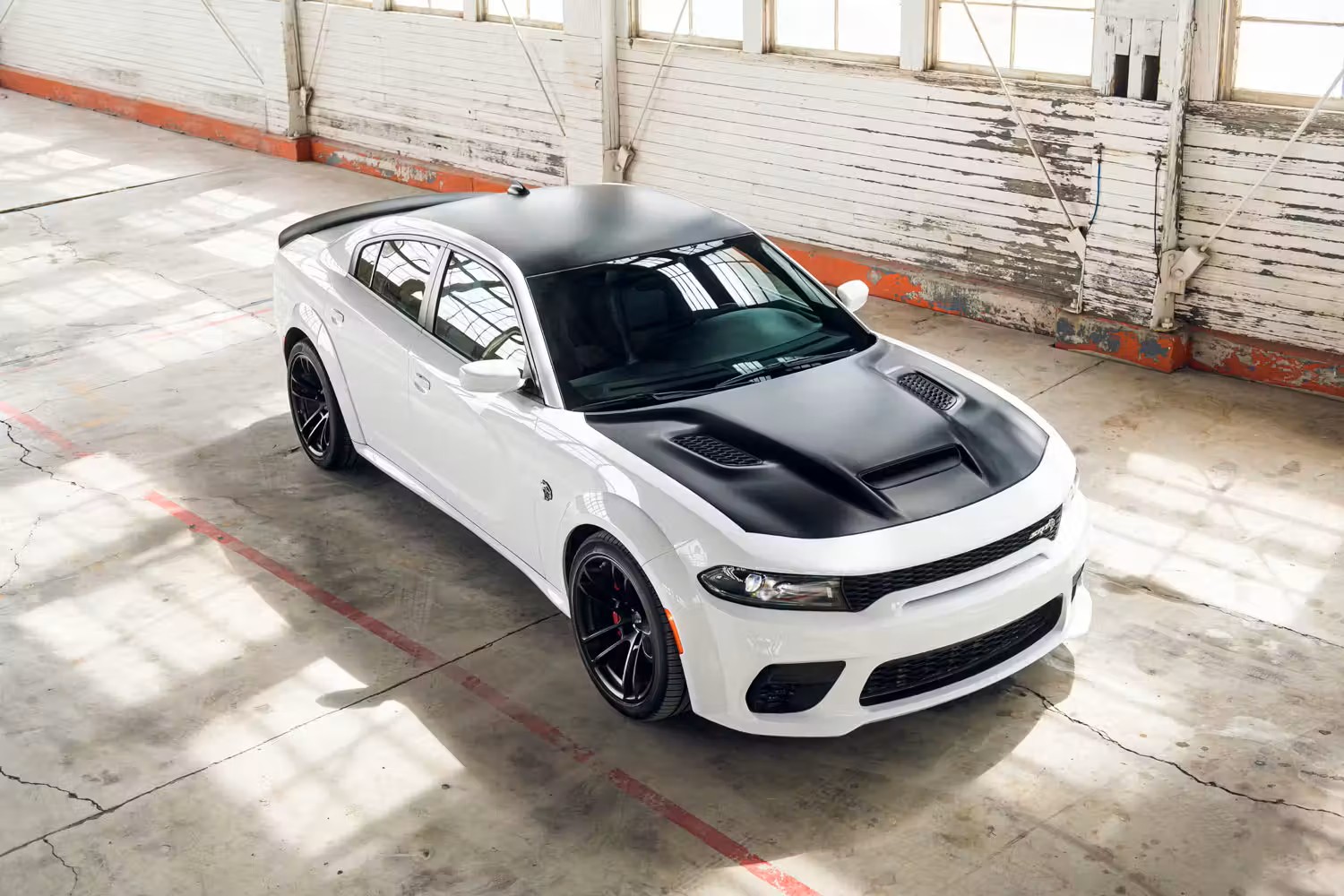
The Arrival of the British V8
In the early 1960s, Bristol Engine Company, a small British manufacturer known for producing refined sports cars, developed a V8 engine that was lighter and more compact than most of the American V8 engines of the time.
This engine, known as the Bristol V8, was first used in the Bristol 407, a luxury sports sedan. The Bristol V8 was a 5.2L (317 cubic inches) V8 that featured a compact, high-performance design, which caught the attention of several automotive manufacturers outside of Britain, including the American giants.
While the Bristol V8 was designed for a niche market, the engine’s performance and durability impressed automotive engineers around the world. Its lightweight aluminum construction made it more efficient and less prone to overheating compared to the heavier cast-iron engines used in many American cars of the time.
This gave it a distinct advantage in terms of performance, particularly when paired with larger displacement engines, and made it an appealing choice for American car manufacturers, who were always on the lookout for ways to improve fuel economy and performance without sacrificing power.
As word spread about the engine’s performance, Chrysler and General Motors (GM) both took an interest in the British V8. Chrysler’s decision to license the design marked a pivotal moment in the engine’s journey to America.
The Chrysler V8 engine was introduced in several of the company’s vehicles, and its impact on the automotive scene was felt almost immediately. For GM, the engine’s reputation for smooth, high-revving performance led to its adoption in several models as well, marking the beginning of a new era for the American muscle car scene.
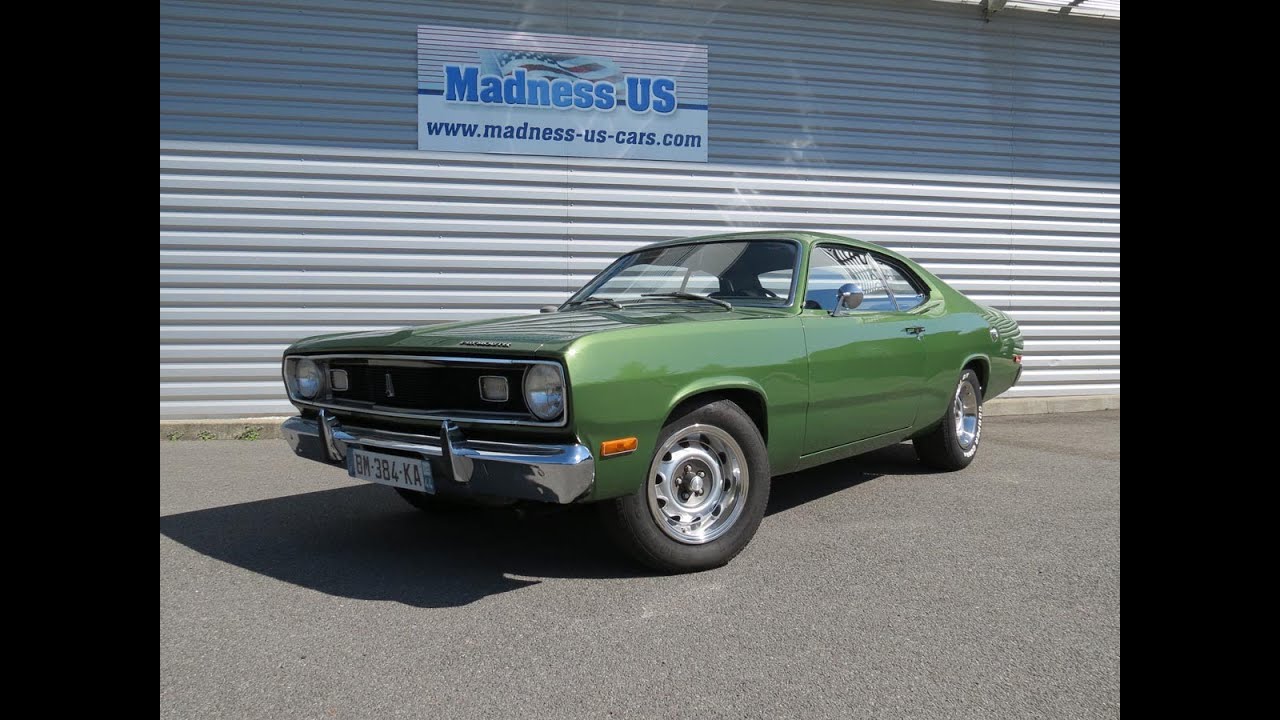
The arrival of the British V8 engine in the United States marked a defining moment in the automotive industry. It demonstrated the growing interconnectedness of the global automotive market and proved that even foreign designs could thrive on American roads, setting the stage for future collaborations and innovations in engine technology.
Key Features:
- Compact Design: Lightweight aluminum construction
- High-Revving Performance: Smooth, efficient, and powerful
- Global Appeal: Attracted interest from American manufacturers
Chrysler and the Launch of the 318 and 360 Engines
Chrysler, always at the forefront of American innovation, was the first to introduce the British V8 to American roads. In the late 1960s, Chrysler licensed the Bristol V8 design and began modifying it to create a more powerful and refined version of the engine.
The result was the Chrysler 318 and Chrysler 360 V8 engines, both of which became an integral part of Chrysler’s muscle car lineup.
The 318 V8 engine, introduced in 1967, was a smaller displacement engine that became famous for its reliability and smooth power delivery.
Despite being smaller than many of the V8 engines of the time, the 318 was able to produce enough power for Chrysler’s mid-sized cars while offering better fuel efficiency than the more massive V8s of competitors.
As a result, the 318 became a beloved engine for everyday drivers and muscle car enthusiasts alike. It found its way into the Plymouth Barracuda, Dodge Dart, and the Chrysler Newport, cementing its reputation as a high-performance yet efficient powertrain.
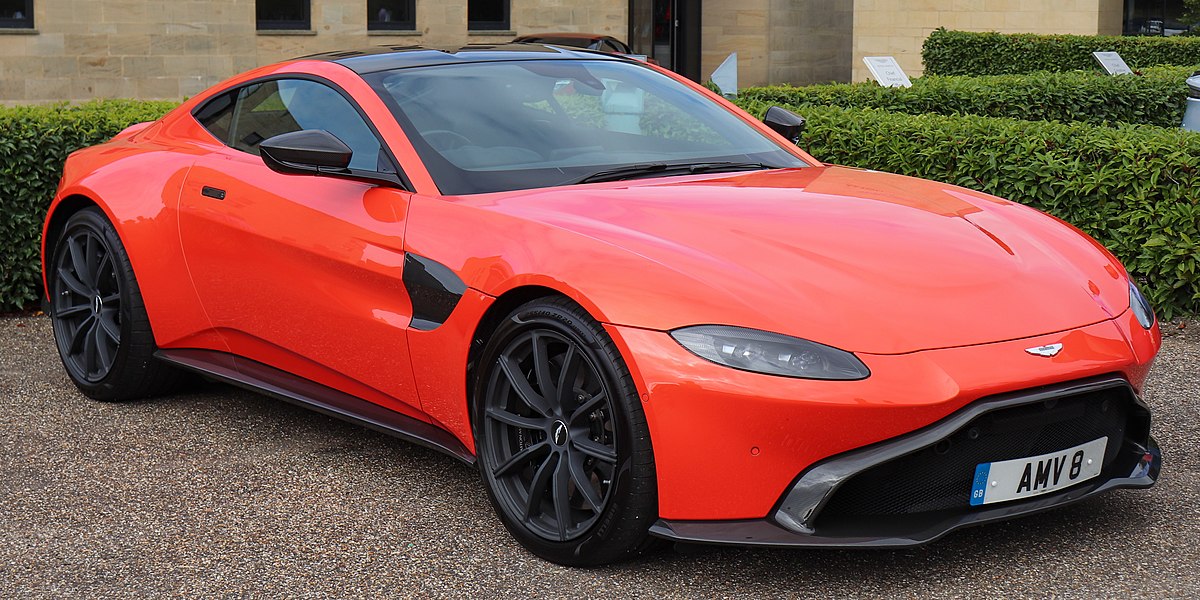
The Chrysler 360, introduced a few years later, was an even more powerful version of the V8, used primarily in Chrysler’s full-size cars and muscle car models.
Like the 318, the 360 retained many of the same performance characteristics that made the British V8 so popular but was modified to provide even more horsepower, torque, and durability.
The 360 V8’s performance capabilities helped it become one of the most popular engines in the Chrysler lineup during the muscle car era, with its success leading to continued innovation and development of Chrysler’s V8 engine family.
Chrysler’s use of the British V8 engine marked a significant shift in American automotive design and performance. It showed that American manufacturers could embrace foreign technologies and incorporate them into their lineup to create vehicles that could compete on the global stage.
The success of the 318 and 360 engines demonstrated how cross-pollination between American and British engineering could result in highly effective and reliable powertrains that captured the hearts of car enthusiasts on both sides of the Atlantic.
Key Features:
- Performance: Excellent balance between power and fuel efficiency
- Application: Found in Chrysler, Dodge, and Plymouth models
- Durability: Reliable and long-lasting performance
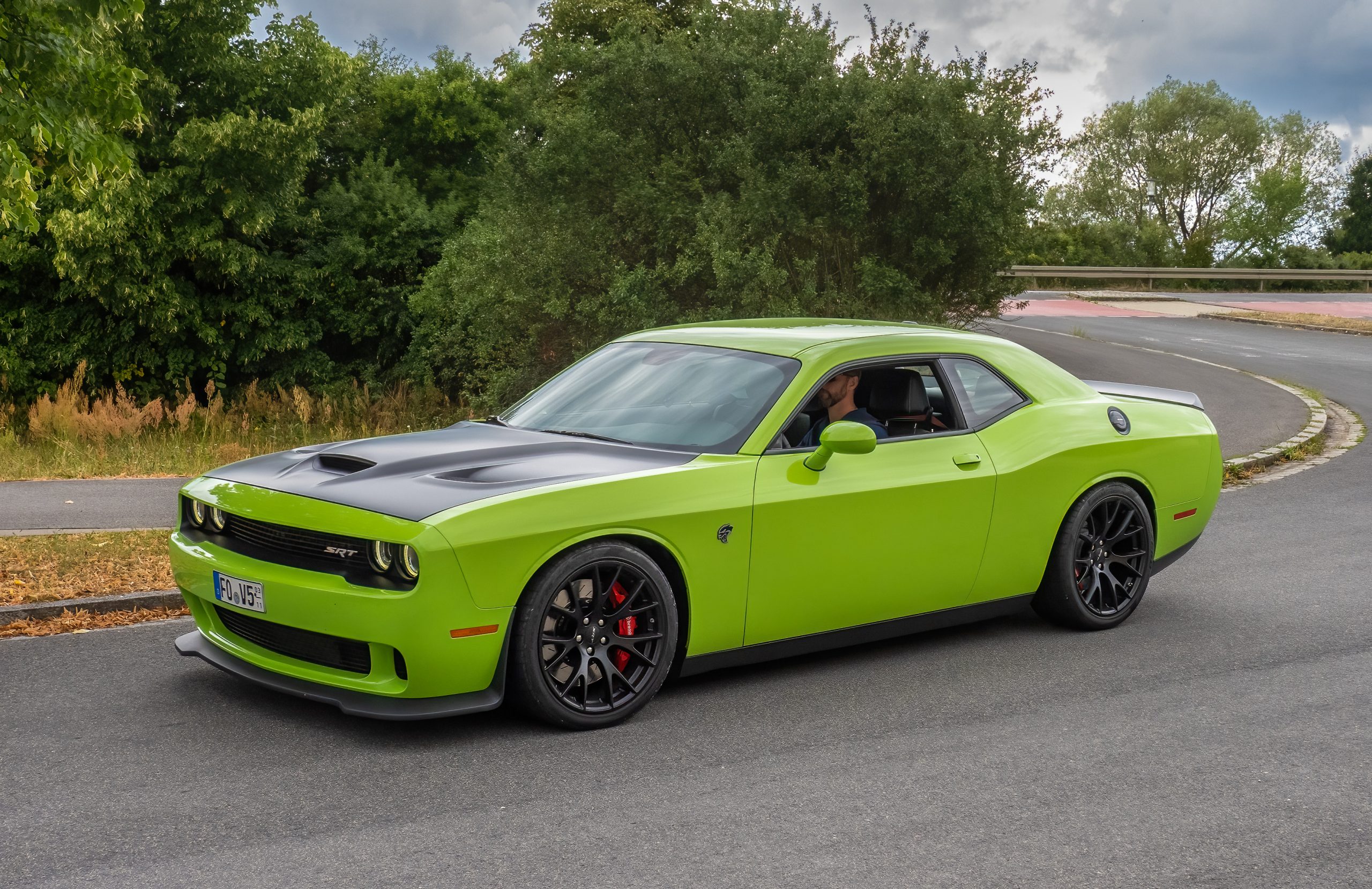
GM and the Adoption of the V8 Engine
General Motors (GM) also saw the potential in the British V8 engine and incorporated it into its lineup during the 1970s. GM, particularly through its Chevrolet division, began to experiment with modified versions of the British-designed V8 engine.
GM’s decision to use the engine marked a significant moment in the history of American automotive engineering, as it brought a new level of efficiency and refinement to GM’s offerings without sacrificing the power for which American muscle cars were known.
One of the key models that benefited from the British V8 engine was the Chevrolet Corvette. Known for its high-performance capabilities, the Corvette was a perfect fit for the lightweight and high-revving nature of the British V8.
The engine’s smoothness and efficiency complemented the Corvette’s sleek design and high-speed capabilities, and it quickly became a staple in GM’s performance car lineup.
The Corvette’s adoption of the British V8 proved that the American automotive industry was not only capable of producing its own reliable engines but also open to integrating global influences in pursuit of the best possible driving experience.
In addition to the Corvette, GM also incorporated modified versions of the British V8 into its Chevrolet Camaro and Pontiac Firebird muscle cars. These models benefited from the engine’s ability to provide a balance of power and fuel efficiency that many of their competitors lacked.

GM’s willingness to embrace foreign engineering and improve upon it showed how open the American automotive industry was to collaboration and innovation, even in areas traditionally dominated by homegrown technology.
The use of the British V8 engine by General Motors helped to cement the reputation of American muscle cars as some of the best-engineered vehicles in the world. It demonstrated that American automakers were not afraid to take risks and look beyond their borders to improve their cars.
By adopting foreign technologies and adapting them to fit American driving preferences, GM helped elevate the performance of its muscle cars to new heights.
Key Features:
- Application: Found in the Chevrolet Corvette, Camaro, and Pontiac Firebird
- Performance: Lightweight, efficient, and powerful
- Global Influence: Merging British engineering with American muscle car culture
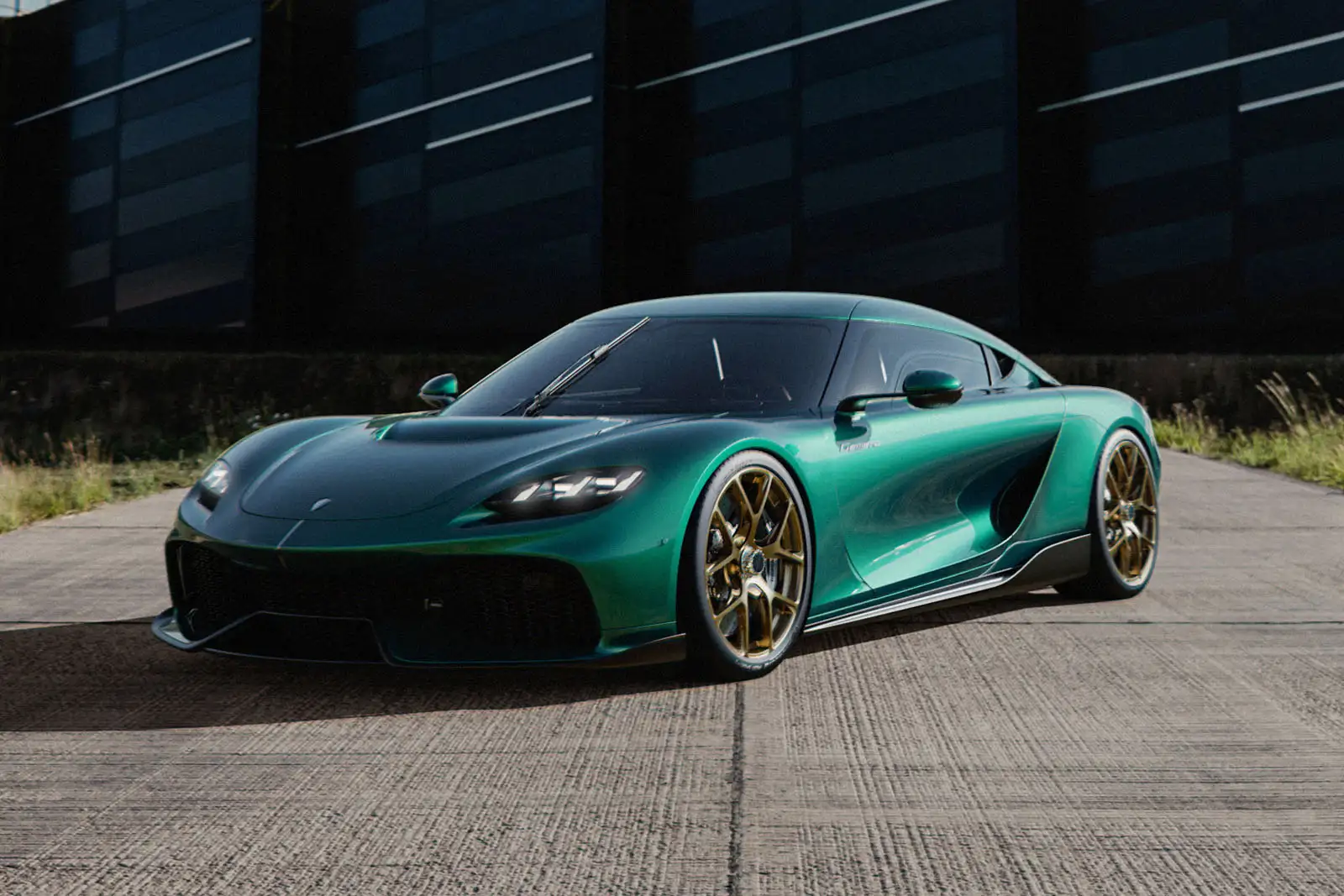
The British V8 engine’s unexpected success on American roads is a testament to the power of international collaboration and the global nature of the automotive industry.
At a time when American manufacturers were known for producing massive, high-displacement engines, the introduction of the British-designed V8 brought a new level of efficiency, performance, and refinement to the table.
Brands like Chrysler and General Motors were willing to embrace foreign technology, adapt it to their needs, and integrate it into their vehicles. This willingness to innovate and experiment helped redefine American muscle cars and sports cars, allowing them to compete on the global stage while maintaining the power and performance that made them iconic.
While the British V8’s presence on American roads was initially unexpected, it left an indelible mark on the automotive world. Its compact design, smooth performance, and lasting durability helped shape the development of muscle cars and sports sedans for decades to come.
Also Read: 10 SUVs That Are Overbuilt in the Best Way Possible With Power, Luxury, and Road Dominance
The legacy of this British engine lives on, as it paved the way for even more collaborations between American and foreign automakers, blending the best of both worlds to create cars that were not only powerful but also efficient and reliable.
In the end, the British V8 engine’s success in America is more than just a story of a foreign engine making its mark on American roads. It is a reflection of the changing dynamics of the automotive world, where boundaries between nations and cultures continue to blur in the pursuit of excellence.
The British V8 didn’t just conquer American roads—it helped create a new chapter in the history of global automotive engineering, one that would influence generations of vehicles to come.

